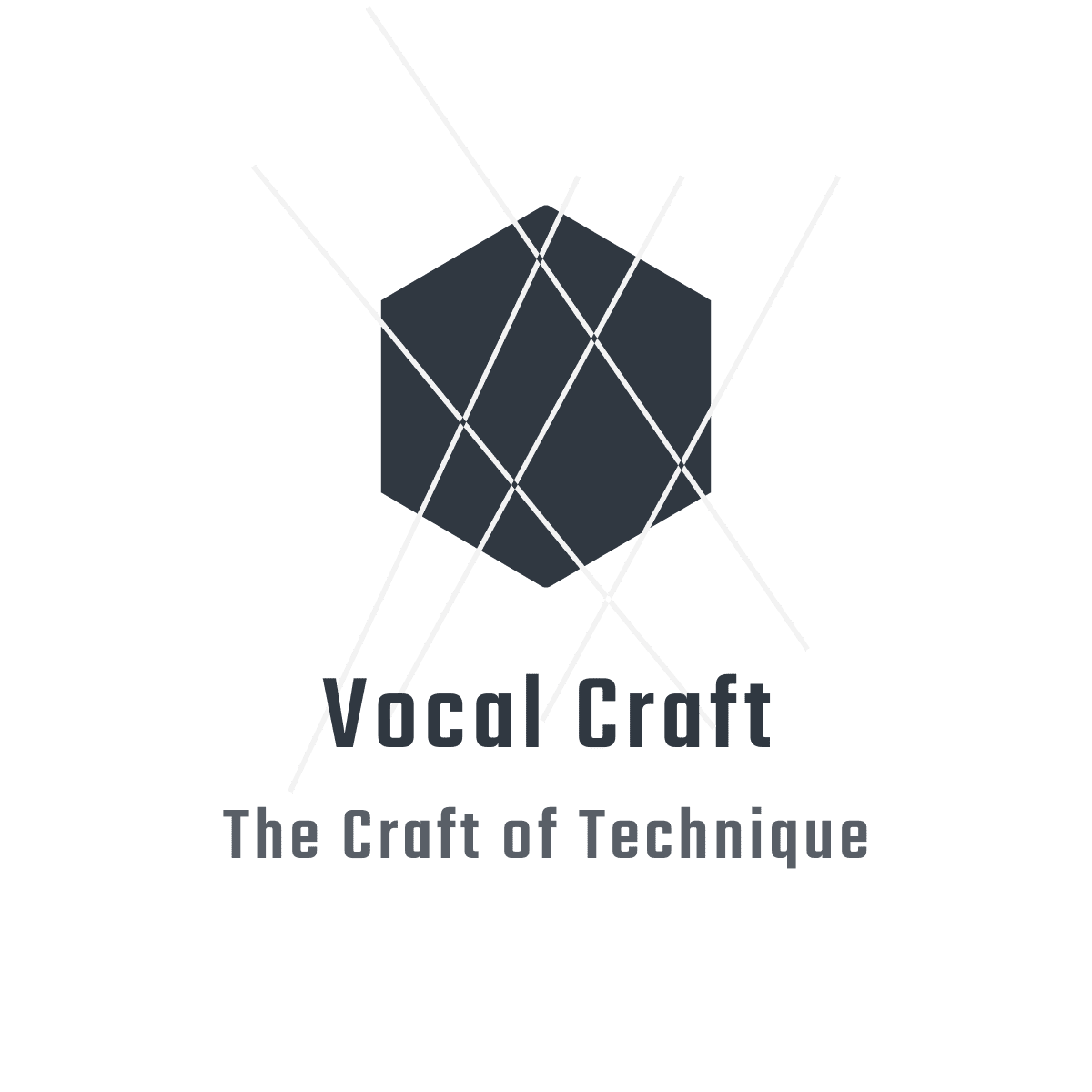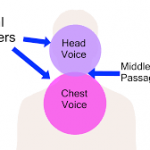Singing and Teaching Singing A Holistic Approach to Classical Voice, Janice L. Chapman & Ron Morris, Fourth Edition

James Platt Contriubting Author
The fourth edition of Singing and Teaching Singing A Holistic Approach to Classical Voice or as we like to call it “SATS” has recently been published. James has contributed to a significant number of chapters (outlined below) and is also the assistant editor for the fourth ediiton.
Chapter Four – Breathing and Support – Janice L. Chapman, Ron Morris, and James Platt
A significant update to breathing and support pedagogy including:
- Re-interpreting historic vocal pedagogy considering modern findings
- Defining the appoggio and the lutte vocale
- Defining the co-contracting diaphragm technique, the support diamond, and the role of diaphragmatic breaking.
- Stabilising the torso and the role of the quadratus lumborum, latissimus dorsi, and serratus anterior in supported singing
- The Muscles of Forced Exhalation and the role of the diaphragm and the transversus abdominis
- Epigastric Locking
- From Accent Method Breathing into Supported Singing
- the link between the transversus abdominis muscle and the pelvic floor and the role of the pelvic floor in breath management for singing
- The SPLAT in-breath and the degrees of SPLAT (Singers Please Loosen Abdominal Tension)
- The role of the LAPS and the Pelvic Floor in breath management training
- New exercises in Breathing into Supported Singing
Chapter Five – Phonation and the Speaking Voice – Janice L. Chapman, Ron Morris, and James Platt
Updates
- Actions of the vocal folds
- The stages of phonation (prephonation, onset, vibration, offset)
- Onsets and Offsets Updated.
- Glottal adduction and the Phonatory Adductory Range
- An update on the myoelastic-aerodynamic theory of singing
- An updated body-cover model (ligament, body, cover) with the mapping of the laryngeal mechanisms: M1, Mx1, Mx2, M2, M3
- The Mucosal Wave
- An updated definition of vocal fold vibration by Chen (2016) refining Hirano’s original model.
- Phonation Types (Breathy, Flow, Pressed)
- New sections on the Phonatory Adductory Range and Vocal Fold Closure and Medial Compression
- The False Vocal Folds
Chapter Six – Laryngeal Registration – Janice L. Chapman, Ron Morris, and James Platt
- A new chapter on laryngeal registration which defines the laryngeal mechanism of the laryngeal mechanisms (M0, M1, M2, M3 etc.)
- The Vocal Folds: Body-Cover Conditions
- An introduction to laryngeal mechanisms (M0, M1, M2, M3) and their common pedagogical descriptors (vocal fry, chest, falsetto, whistle)
- The voix mixte and defining Mx1 and Mx2
- An update of the Singing Voice Registers with the edition of Mx1 and Mx2
- New sections on Laryngeal Register Overlap Areas (Voix Mixte) and Higher Range Training for Sopranos
- High-speed cinematography images of the vocal folds in M1, Mx1 and M2, Mx2
- New sections on Lower Range Training for the Female and Countertenor Voice and Upper Range Training for Male Voices
Chapter Seven – Resonance – Janice L. Chapman, Ron Morris, and James Platt
- The Singer’s Formant Cluster, Squillo and Twang
- The Open Throat and Collar Connection
- A wide pharynx and a raised tongue dorsum
- A high soft palate
- A Low Larynx combined with a high soft palate
- Maintaining Pharyngeal Width
- Breath Management, Semi-Occluded Vocal Tracts, and the Open Throat
- The Open Throat and the Importance of Pharyngeal Tuning
- Exercises to achieve the various open-throat components
Chapter Eight – Articulation – Ron Morris and Janice L. Chapman; James Platt contributed to the section on Pedagogical Application.
- A new schematic of the vocal tract vowel locations by James Platt
- Inability to Role an “R”
- The Gross Oral Posture for Singing
- Tongue Twister Exercises
Chapter Nine – Applied Vocal Acoustics and Acoustic Registration – James Platt and David M. Howard
A new chapter reviewing the pedagogical applications of vocal acoustics.
- An introduction to sound production
- Harmonics
- Vocal Tract Resonances (Formants)
- Vocal Tract Mechanics
- The Vowel Formants
- The Vowel Space
- Formant Tuning
- Vowel Identification
- Psychoacoustics
- Auditory Roughness
- Pitch
- Absolute Spectral Tone Color
- Under-Vowel, Over-Vowel, and Singer’s Formant Cluster
- The Piriform Sinuses
- Acoustic Pedagogy
- Acoustic Registration
- Formant-Harmonic Interactions
- Vowel Modification
- Passive
- Active
- Acoustic Registers
- Open Timbre
- Close Timbre
- Yell Timbre
- Whoop Timbre
- Male Upper Voice Training
- Negotiating the Upper Male Range: “The Turn”
- Vowel Turning Points
- Negotiating the Female and Countertenor Upper Range
- Vowel Opening for Pitch Ascent in Female and Countertenor Voices
- Whoop Timbre and Beyond – An Acoustic Analysis
- Acoustic Register Charts (Bass, Baritone, Tenor, Alto, Soprano)
Chapter Ten – The Exercises – Janice L. Chapman, Ron Morris, and James Platt
A new chapter included all of our current exercises and a description of their pedagogical application.
- The Singing Lesson
- The Lesson Format
- The Warm-Up
- Voice Building: Technical and Voice Function Exercises
- From Exercises to Repertoire
- The Cool Down
- The Dreaded “P” Word: Practice
- Breathing & Support Exercises
- Semi-Occluded Vocal Tract Exercises
- Steady and Fluctuating SOVTs
- Combined SOVT Exercises
- SOVTs and Pitch Change
- SOVTs and Airflow
- SOVTs and Singing Repertoire
- Collar Connection
- The “ng” Exercise
- The Puffy Lips/Cheeks Exercises (updated)
- Exercises for the closing of the velar port
- Onsets and Offsets
- Resonance and Articulation Exercises
- Dial-a-Vowel (updated)
- Finding the tongue’s “sweet spot”
- The Vowels, Pharyngeal Shape, and Larynx Height
- The Retroflex “r”: An additional approach for Finding the Tongue’s Resonant Sweet Spot
- Tongue Twisters (updated)
- Tongue Twisters: Part Two: Optimal Articulation with Legato
- The Advanced Use of Tongue Twisters
- Monitor of Tongue Root Tension (TRT)
- Monitor for Pharyngeal Tension
- Finding Squillo
- Finding Pure Twang or Squillo
- Finding Twang in the Classical Voice
- Twang with a Lower Larynx
- The Ultimate Release for a Retracted Tongue: The Anti-Gag Tongue Pull
- Dial-a-Vowel (updated)
- Effort Levels
- Staccato Exercises
- Laryngeal Registration Exercises
- The Yodel Exercise (M1 to Mx2)
- Laryngeal Register Transitions
- Female Voices [Modal to Middle (M1-Mx2)] and Countertenor Voices [Modal-Falsetto] (M1/Mx1-M2)
- Chromatic Voix Mixte (M1/Mx2) Exercise
- Bass, Baritone, and Tenor Register Transition Exercises
- Modal/Chest Register (M1) to Head Register (Mx1)
- The French “oo” Exercise
- Mx1 (Head Register) to M2 (Falsetto)
- Exercises to reduce Jaw Dependancy in the Upper Range (Male Voices)
- Jaw Dependancy in Treble Voices (Soprano, Mezzo, and Countertenor)
- Upper Passaggio Training in Male and Female Voices
- Vowel Modification
- Passive and Active Vowel Modification
- Coloratura Techniques
- Coloratura Runs
- Articulated and Legato Coloratura
- The Trill
- Leaps
- Coloratura Runs
Appendix. Glossary of Terms – James Platt
A new glossary is added to this addition which also includes common pedagogical, anatomical, scientific and medical terms. Pedagogical terms are related to the SATS pedagogy. I have also explained historical pedagogical terms using SATS pedagogy.



